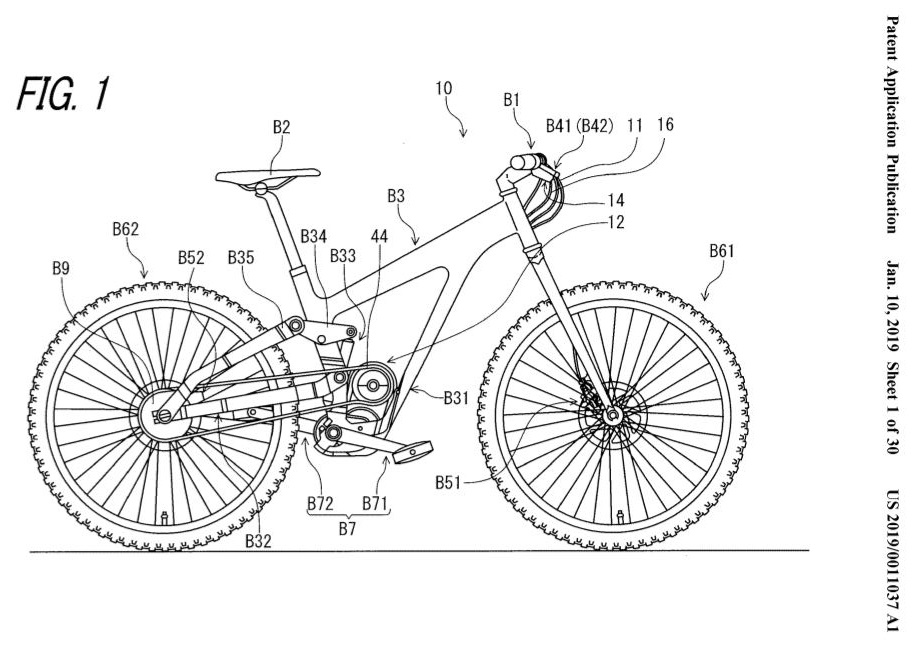I don't see the Nuvinci rear hub gaining popularity in the future. I see us eventually moving to something like the Shimano Di2 shifters where there are no longer cables but with blue tooth technology. Just touch the levers and the shifts occur immediately.
There are many other IGH. Shimano Alfine, Nexus. And of course the older Sturmey Archer and Sachs Torpedoes.
Many of these are well suited for everyday commuting with an e-bike. The need for massive amounts of gears just isn't there for most people when they have an electric motor to assist.
For myself, I'm awaiting delivery of a Rohloff Speedhub equipped bike.
